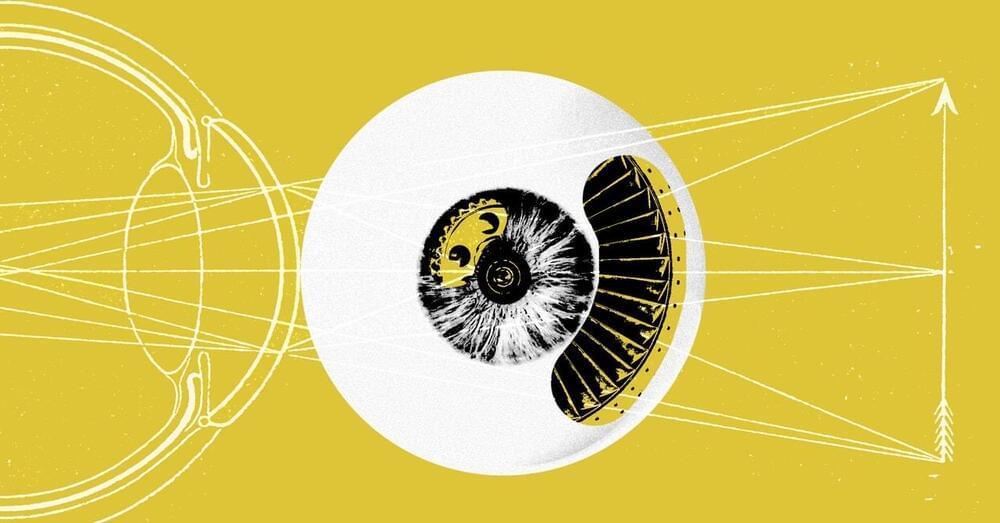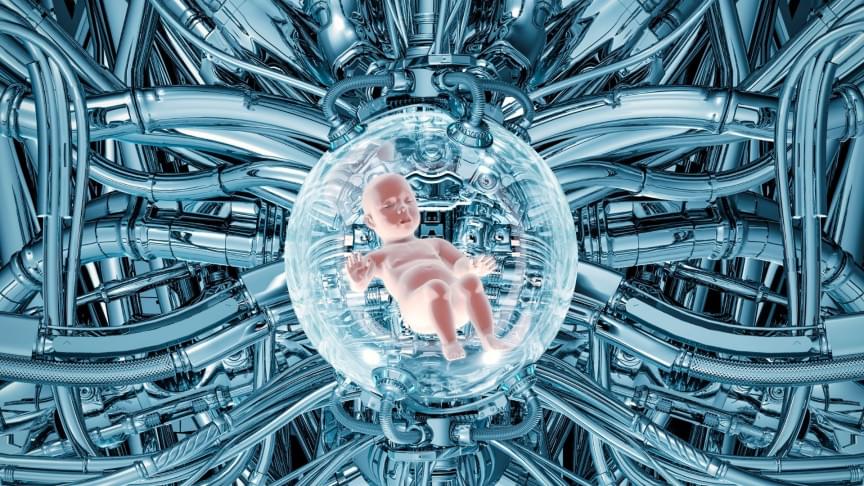A Falcon 9 rocket is on a fatal trip to the Moon — and an Earth-based observatory just caught a sneak peek.
A Falcon 9 rocket is expected to crash land on the Moon in early March. An Earth-based observatory caught it on its way to the Moon.




Pioneering global generic medicine access to improve and extend people’s lives — keren haruvi snir-president, sandoz US, head of north america.
Keren Haruvi is President of Sandoz US and Head of their North America business (https://www.novartis.us/about-us/our-leadership/us-country-l…n-haruvi).
Sandoz is a division of the Novartis Group and a global leader in generic pharmaceuticals and biosimilars and was established in 2003, when Novartis united all of its generics businesses under the name Sandoz – a single global brand with a long history. Since then, Sandoz has grown into a leading global generics business with annual sales of approximately US$10 billion.
In her current role, Keren leads Sandoz’ largest commercial and country organization – the United States – which is responsible for over 35% of Sandoz global revenue. She also oversees Sandoz commercial operations in Canada. In addition to serving on the Novartis Country Leadership Team, Keren is a member of the Global Sandoz Executive Committee.
Prior to joining Sandoz, Keren served as Global Head of M&A at Novartis International AG. Her early career began at Teva Pharmaceutical Industries where she steadily advanced in leadership roles to Senior VP, Global Business Development and Alliance Management.
Connecting & enabling a smarter planet — alistair fulton, VP, wireless & sensing products, semtech.
Alistair Fulton (https://www.semtech.com/company/executive-leadership/alistair-fulton) is the Vice President and General Manager of Semtech’s Wireless and Sensing Products Group.
Semtech Corporation is a supplier of analog and mixed-signal semiconductors and advanced algorithms for consumer, enterprise computing, communications and industrial end-markets. It has 32 locations in 15 countries in North America, Europe, and Asia.
Semtech is the developer of LoRa, a long-range networking initiative for the Internet of Things. As of March 2021, over 178 million devices use LoRa worldwide. LoRa has been used in satellites, tracking of animals, and natural disaster prediction.
Mr. Fulton joined Semtech in 2018 with over 25 years of experience in the Internet of Things (IoT), connected devices, machine to machine (M2M)/embedded, and analytics spaces.

Delivering what has been so challenging to produce, researchers present an engineered analog of tooth enamel – an ideal model for designing biomimetic materials – designed to closely mimic the composition and structure of biological teeth’s hard mineralized outer layer. It demonstrates exceptional mechanical properties, they say.
Natural tooth enamel – the thin outer layer of our teeth – is the hardest biological material in the human body. It is renowned for its high stiffness, hardness, viscoelasticity, strength, and toughness and exhibits exceptional damage resistance, despite being only several millimeters thick.
Tooth enamel’s unusual combination of properties is a product of its hierarchical architecture – a complex structure made up of mostly hydroxyapatite nanowires interconnected by an amorphous intergranular phase (AIP) consisting of magnesium-substituted amorphous calcium phosphate. However, accurately replicating this type of hierarchical organization in a scalable abiotic composite has remained a challenge.



Machine learning can work wonders, but it’s only one tool among many.
Artificial intelligence is among the most poorly understood technologies of the modern era. To many, AI exists as both a tangible but ill-defined reality of the here and now and an unrealized dream of the future, a marvel of human ingenuity, as exciting as it is opaque.
It’s this indistinct picture of both what the technology is and what it can do that might engender a look of uncertainty on someone’s face when asked the question, “Can AI solve climate change?” “Well,” we think, “it must be able to do *something*,” while entirely unsure of just how algorithms are meant to pull us back from the ecological brink.
Such ambivalence is understandable. The question is loaded, faulty in its assumptions, and more than a little misleading. It is a vital one, however, and the basic premise of utilizing one of the most powerful tools humanity has ever built to address the most existential threat it has ever faced is one that warrants our genuine attention.
Full Story:
An international team of researchers has spotted the first isolated black hole that is wandering around in interstellar space.